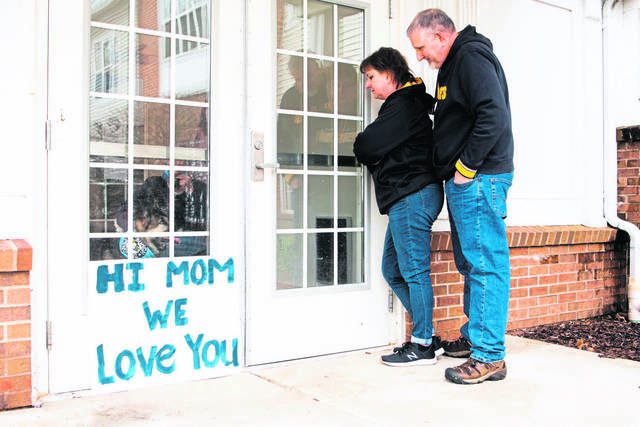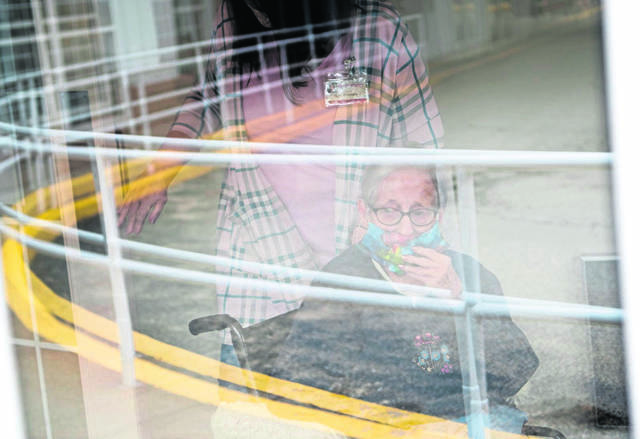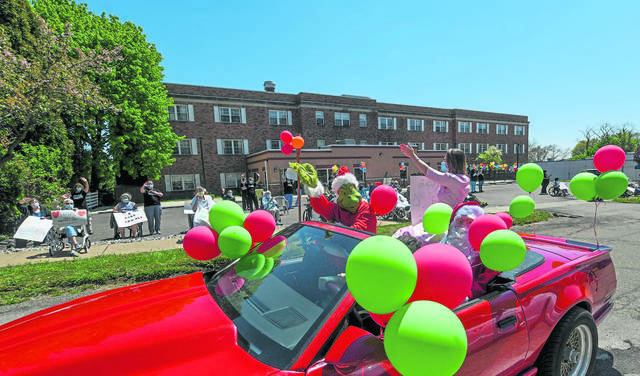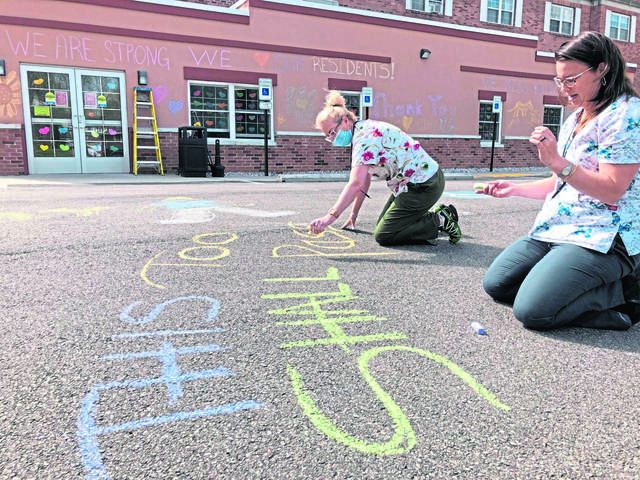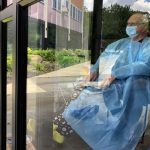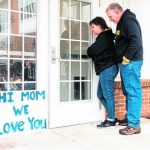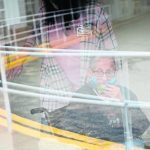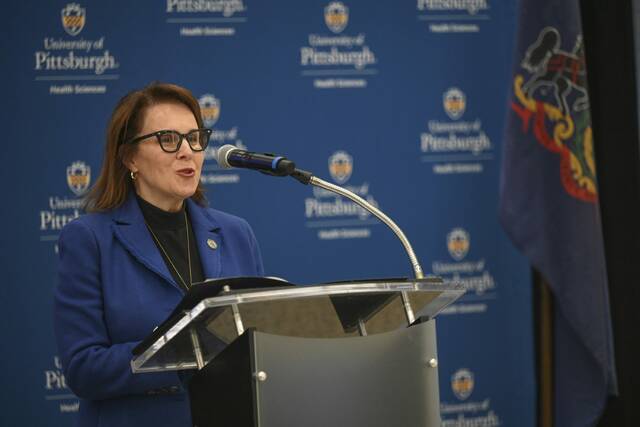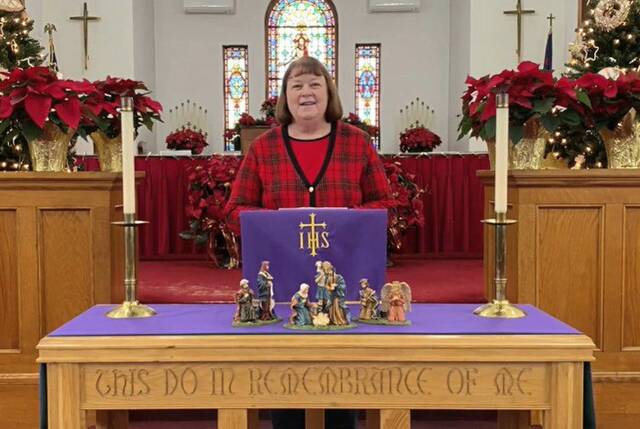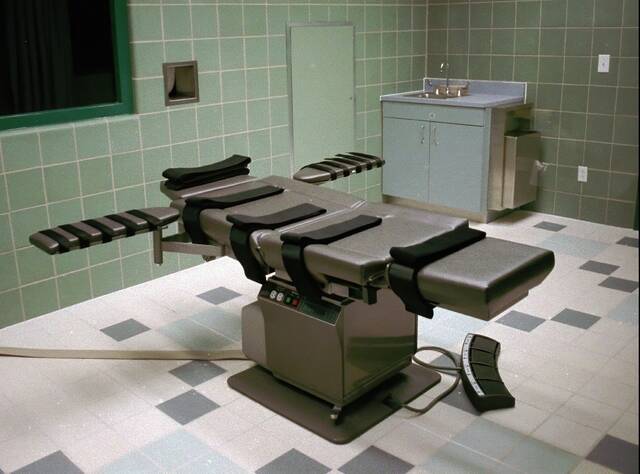Covid-19 cases at nursing homes have fallen sharply in recent weeks, signaling hope for weary staffers and residents who yearn for visitors and fresh air after a year living in isolation and fear.
“They’re tired, and they’re exhausted. … It’s just been a tragedy on every conceivable level,” said Mark Parkinson, president and CEO of the American Health Care Association. “There does appear to be light at the end of the tunnel, and that’s because cases and deaths in our buildings are declining, and they are declining dramatically. The data is extremely encouraging.”
The national statistics — an 82% drop in nursing home cases and a 63% decrease in deaths over a six-week period — mirror downward coronavirus trends happening across the state, federal data show.
But the long-term care industry’s battle to survive the pandemic is far from over.
Western Pennsylvania’s providers are confronting new challenges — such as getting facilities fully vaccinated and figuring out when it’s safe to lift visitor bans — while still grappling with staffing, funding and infection control problems that predated covid’s arrival in Pennsylvania last March.
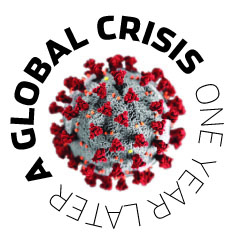
“It’s not enough to celebrate the vaccine,” Bill Sweeney, senior vice president of government affairs at AARP, a senior advocacy organization based in Washington, says in a recent report. “We need to commit ourselves to getting to the root of the problem and improving the way we take care of people in this country who need long-term services and support.”
Some facilities continue to face new outbreaks. Many cash-strapped providers grapple with revolving doors of short-term hires flown in from other states because they can’t find enough local help. All are tasked with protecting newly admitted residents.
Pennsylvania also lags behind many states in getting its long-term care sector vaccinated.
“We’re into March now, and we’re not through our long-term care continuum yet,” said Zachary Shamberg, president and CEO of the Pennsylvania Health Care Association, which represents more than 400 long-term care facilities statewide. “Not every nursing home has been fully vaccinated. For personal care and assisted living, the numbers are a little more troubling.”
Hurdles to completing vaccinations
Nursing homes in the region didn’t begin getting vaccine doses until late December and January, at least two weeks after the state’s distribution began for hospital health care workers. Assisted living and personal care homes had to wait even longer, and few have held more than one vaccine clinic to date, despite the initial vaccines available requiring two shots.
More than 90% of the state’s roughly 700 skilled nursing facilities have held at least two vaccine clinics, but advocates say they should be onto their third clinics by now.
“We should be through long-term care. We should have a plan developed for the continued vaccinations of long-term care residents and staff. But neither of those things has happened quite yet,” Shamberg said. “Our hope is that the process is going to speed up in the weeks ahead.”
Providers found that by the end of January, as many as 40% to 60% of nursing home staffers declined to receive a vaccine.
“The higher acceptance rates are in the facilities where there’s been education, there’s been shared experience, there’s been an administrator or an executive director or director of nursing or a medical director who’s stepped up and held town halls and talked one on one with employees and really educated about the benefits of the vaccine, about how it is our first step toward normalcy again,” Shamberg said, “and they review some of the things that we’ve learned, the limited side effects and things like that.”
To bolster staff vaccination rates, nursing homes have turned to incentives in exchange for getting a shot, such as $250 cash or other perks.
“Some facilities throughout the state have offered that bonus for accepting the vaccine,” Shamberg said. “We’ve heard of providers who were giving an extra days vacation or time off.”
Then there’s the dilemma of vaccinating travel nurses hired through outside staffing agencies, which nursing homes statewide have increasingly relied on to operate amid a worsening staffing crisis.
“It really adds just to the confusion of the process. Whose responsibility is it to ensure that that agency’s staff members (are) vaccinated, when they were vaccinated, where they get their first and second doses?” Shamberg said.
The American Health Care Association set the national goal of getting 75% of all long-term care staff vaccinated by the end of June.
“We’re certainly not at the 75% goal yet,” Shamberg said.
When to allow visitors again?
At the majority of Pennsylvania’s nursing homes, residents have little clarity on when they may be allowed to see their loved ones in person again.
Some facilities have quietly begun reopening visitations on a limited basis, but that is not widespread at this point, Shamberg said. Most still limit visitors to compassionate care exceptions, such as when a resident is in hospice care.
For places that have vaccinated residents and maintained few to no covid cases, “Now is the time to start looking at reopening and visitation safely,” Shamberg said.
Facilities seem better prepared to handle infections on some levels, such as boasting larger stockpiles of personal protective equipment. About 13% of Pennsylvania’s nursing homes still say they do not have a full week’s supply of PPE on hand, but that’s down from nearly 23% who lacked the proper supplies as of November, federal data show.
Meanwhile, the statewide nursing home staffing shortage is only getting worse.
More than 26% of nursing homes reported a shortage of nurses or aides in mid-January of this year, up from 21.1% of providers with shortages as recently as Nov. 15.



